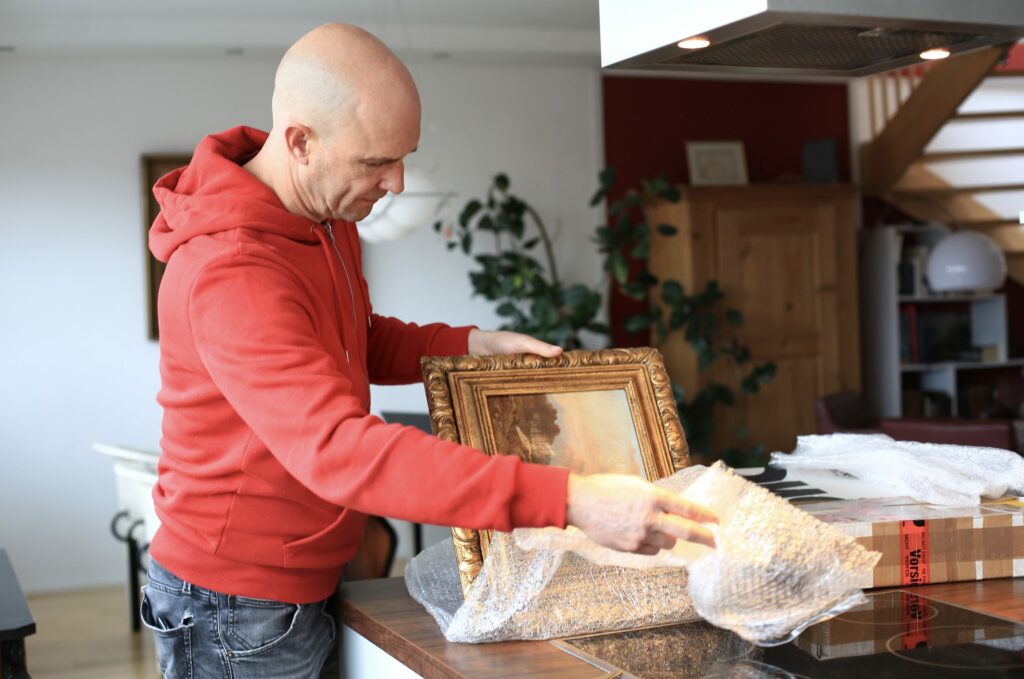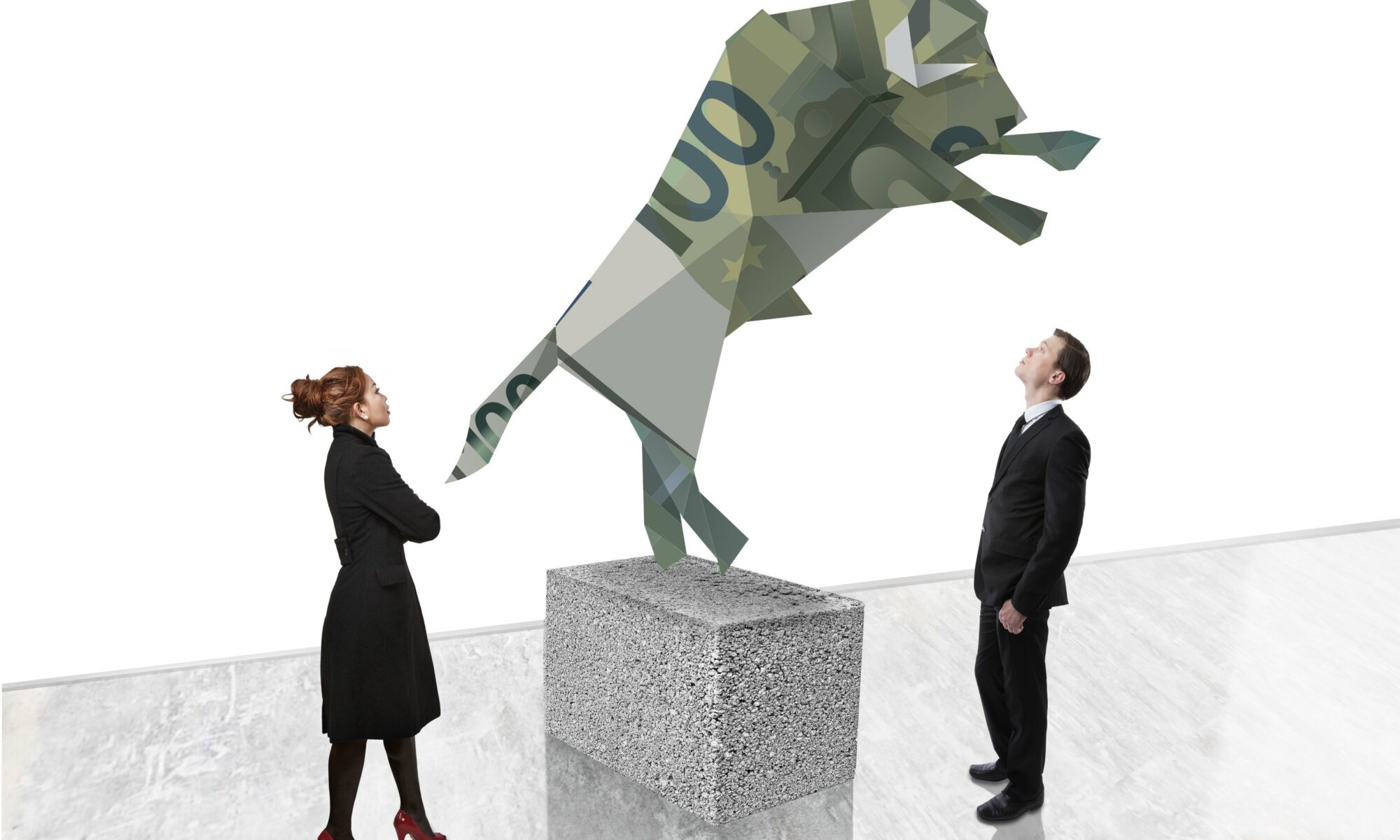Art for art’s sake
The art market has a well-deserved reputation as the playground of passionate investors – art is sometimes expensive, often illiquid and always unpredictable. Nevertheless, it has real appeal for individuals looking for something inspiring that may also increase in value.
The art market is vast; in 2022, sales worldwide totalled $67.8 billion, the second highest ever annual total, according to a report by Dr. Clare McAndrew, founder of research and consultancy firm Arts Economics, carried out for international trade fair organiser Art Basel.
However, it did suffer from the impact of the Covid-19 pandemic: sales dropped more than 20% to around $50bn in 2020 as restrictions curbed auction and exhibition sales and obliged galleries to close. Auction sales were most affected, falling by 30% in 2019 to $17.6bn, although online sales, a growing market channel, made up some of the gap.
The market bounced back in 2021 with around half of dealers reporting an uptick in sales, but McAndrew says art sales, like those in other sectors, have continued to be affected by political and economic instability, the outbreak of war in Ukraine, rising inflation and interest rates, supply chain problems, and recession fears in major markets – along with a succession of strict lockdowns in China until the end of 2022.
The US remained the world’s biggest market, accounting for 45% of global sales by value in 2022 and growing by 8% to a record $30.2 billion after a 25% dip in sales in 2020, thanks to significant growth at the high end of the auction market, and a more modest increase in dealer sales.
2022 also saw the UK overtake China as the world’s second largest market, with 18% of global sales to China’s 17%. The UK experienced growth of 5% to $11.9 billion, still below the pre-pandemic level of $12.2 billion, while sales in China dropped by 14% to $11.2 billion, the country’s worst year since 2009 if 2020 is ignored.
Caveat amateur
The economics of the art market are complex. Art has no inherent value beyond the cost of paint and canvas or the materials used in a sculpture or an installation. Everything else is taste. This makes it fiendishly difficult to navigate for an amateur buyer. Taste and value are often dictated by powerful galleries. As a result, buyers that are looking to make money need to be closely attuned to prevailing trends in the wider market.
Finding the next Andy Warhol before they have been discovered by the experts is difficult, if not practically impossible.
This essentially makes investing in art a hobby for the wealthy amateurs. Despite the growing shift to online sales, which has seen some digital platforms enjoy significant success, promising artists are often found early by experienced agents and their careers carefully curated. Finding the next Andy Warhol before they have been discovered by the experts is difficult if not practically impossible.
Meanwhile, the upfront cost of investing in valuable art is high. Investors can expect a significant initial outlay, along with dealer commission and maintenance costs such as cleaning and, especially, insurance. The resale market is unpredictable – a fashionable artist may have many buyers, but tastes and rules, such as enthusiasm for African art, can change quickly. Investors can never assume the price they will receive for an artwork is guaranteed.
Whatever it takes
Nevertheless, for many collectors these factors won’t be a deterrent. And there is certainly money to be made. In 2017, Leonardo da Vinci’s Salvator Mundi was sold for $450 million at Christie’s auction house in New York – just 12 years after it had changed hands for a bare $10,000 when its authenticity was disputed. Wealthy buyers with deep pockets that want a piece of trophy art are often willing to pay whatever it takes.
However, at the lower end of the market, many buyers acquire art for the enjoyment of the piece rather than out of any ambition to make money. In many cases making a profit is a happy accident rather than the main purpose of buying.
There are many ways to buy art. Most people will start with galleries and art fairs, while auctions tend to be for more serious and experienced buyers. Art is not a field for impulse purchases; prior research will stand you in good stead.

If you’re thinking about helping an impoverished artist, remember that around half the purchase price goes to the gallery.
It’s possible to research an artist’s previous selling history on sites such as Artnet, which tracks auction sales back to 1985. The prices asked by galleries are fluid, so prospective buyers shouldn’t be afraid to negotiate. And if you’re thinking about helping an impoverished artist, remember that around half the purchase price goes to the gallery.
The benefits of advice
If you are determined to navigate auctions, it is best to team up with an art adviser, whose job it is to help you buy art, for a fee. Auctions can be confusing and daunting, so it is worth sitting through a couple before making any financial commitments, or letting someone else do it for you. Many art advisers insist they save buyers the cost of their fees by negotiating discounted prices. They often suggest looking at cheaper works by well-known artists, who will often produce limited-edition options available at a lower price point.
There is an increasing range of online options, which allow investors to browse in a less pressurised environment. Leading organisers of online auctions include Christie’s, Sotheby’s, Bonhams, Heritage Auctions and Phillips de Pury – although you need to feel confident in trusting the seller before taking part.
Online sales declined from their 2021 peak of $13.3 billion to $11 billion in 2022, according to the Art Basel report, but remained 85% higher than in 2019 and accounted for 16% of the market’s 2022 aggregate sales volume, a year-on-year decline of four percentage points. Artists’ studios and student exhibitions are another option for the collector. If you hope to make money, you will need a good eye – you will often be up against experienced talent scouts. However, it can be a way to obtain art you enjoy at a reasonable cost.
Investing through funds
Dedicated art funds exist to buy blue-chip art at auction. Many of these are aimed at investors in China, but vehicles such as MasterWorks, which offers fractional ownership of artworks, are open to investors worldwide. Art indices such as the Sotheby’s Mei Moses Indices aggregate prices at auction, but the market is so varied, they can’t tell you much about prospects for individual artists. The art market is too illiquid to make exchange-traded funds feasible.
There are also more specialised options. The Artemundi Global Fund is a private investment fund that allows its investors to access artwork on a revolving basis. Participants may receive an old master or an up-and-coming star to hang on their wall. This could be a way for buyers to explore and refine their tastes and to get to know specific markets.
Santa Monica, California-based Saatchi Art offers curated selections of rising stars identified by its experts, usually at prices ranging from $1,000 to $6,000. Investors won’t be uncovering any secrets, but it is a way to follow the experts at a relatively modest cost.
Art might conceivably make you a lot of money, but in most cases that isn’t the reason people get involved in the market, and in terms of investment outlook it remains unpredictable. Most collectors would be best advised to buy something they love, and hope that others share their taste.
At the lower end of the market, many buyers acquire art for the enjoyment of the piece rather than out of any ambition to make money – realising a profit tends to be a happy accident rather than the main motivation.


 Mortgage
Mortgage Personal loan
Personal loan Savings
Savings